Only 4 days in hand and the whole of Amsterdam and its suburbs to explore. Will I be able to do justice to my trip? This along with other questions grip my mind; questions like, are drugs really legal in Amsterdam, am I going to try them, what will happen if I try them, are there really the so called sex museums out there, what do they exhibit. Little do I know that over the next couple of days I am going to explore one of the boldest cities of Europe.
First sound to draw my attention as I come out of Amsterdam Schiphol Airport is that of a bell that sounds as people walking on road scurry away and a Blue-White GVB tram slowly appears right where people were walking seconds ago. It passes through the crowd like a whale that swims through a school of small fishes in an ocean.
The tram moves beyond the range of my five senses, and I notice the immense diversity in the people and culture of Amsterdam, from ethnic locals to foreign tourists, to saffron clad Hare Krishna followers to women in black face veils. You name the race, religion or culture and there are people in Amsterdam belonging to it. I walk across the narrow street and make my way to a long line of people waiting for the bus to the Amsterdam station become one of the approximately 4.5 million international tourists who visit this city every year.
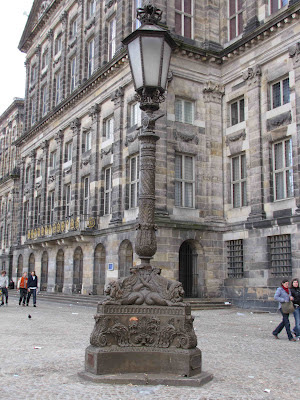
I am sitting on the edge of my seat inside the GVB bus to Amsterdam station eagerly waiting to see the city’s landmark canals. My Wanderlust compels me to explore on foot but my common sense tells me that the city is far, time is less so I should take a bus. Upon reaching the main train station I disembark the bus and take the “Damrak” which is the main street to the west of the oldest area of the town known as “de Wallen”, home to the city’s iconic Red Light District. The “Damrak” which is along a canal is dotted with eating outlets which are mainly run by Bangladeshi or Pakistani nationals, youth hostels and sex museums.

The cheapest youth hostel I can find is a cosy neat one that makes my pocket lighter by 17 Euros per night. The narrow cobble stone streets around my hostel which are covered with fallen brown autumn leaves are absolutely peaceful. The silence is broken by the bell of a church and squeals of small blonde children moving on bi-cycles with basket of flowers hanging in the handles.
Amsterdam provides to its tourists the facility to hire bi-cycles at cheap rates which one can use and drop off at another point anywhere in the city. Not having any particular schedule to follow, I start walking towards the “Dam Square” in search of the Cannabis coffee shops Amsterdam is famous for. Amsterdam is one of the few cities in the world which has made narcotics and prostitution legal. Government’s justification is that my making these professions legal they are nullifying any chances of the goons making black money. In Amsterdam, you may just walk into a Coffee shop and choose your drug from the menu you will be given, ranging from hash, coke, ecstasy pills or marijuana. Hallucinogenic mushrooms or “Magic Mushrooms” have been banned by Dutch government. However, some coffee shops continue to sell them illegaly. A small bag of 7 – 8 marijuana seeds costs a whopping 50 Euros if you want to grow it in your backyard. This makes Amsterdam one of the most liberal and culturally diverse cities in the world.
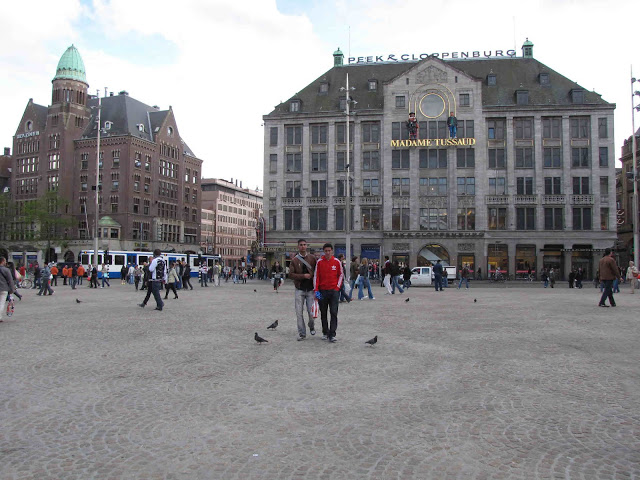
I am walking in the alleys behind Dam Square when I see couple of tourists in a boat looking very curiously and pointing towards the houses behind me. I turn around and at first I do not notice the world’s narrowest and Amsterdam’s smallest house. This house is barely a meter wide and any tourist would easily miss it if he does not have the information about its whereabouts or someone to guide. The back of this house is much bigger than its front but it seems to be squeezed like a slice of smoked ham in a sandwich.
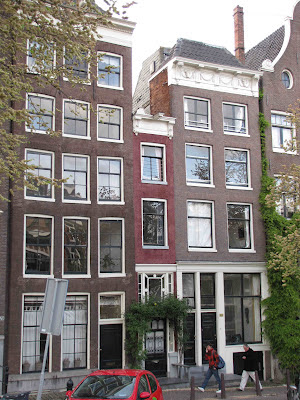
Amsterdam is also known for its history in art. Its museums dedicated to the greatest artists of all times include Vincent Van Gogh museum, Madame Tussauds wax museum, Stedelijk Museum of modern art, Rembrandt House for art lovers of Rembrandt van Rijn. For those who are allured by diamonds, Amsterdam offers the “Diamond Museum” which is about the history of this precious stone. One place which needs special mention is the Anne Frank House dedicated to the life as depicted from the diary of a Jewish teen age girl who, along with her family of four faced the atrocities of Nazi persecution during World War II. While seeing the house i can clearly visualize the pain of the unfortunate millions who suffered under the Nazi regime.
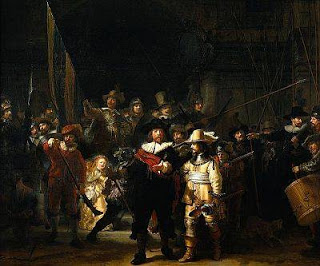
The canal system of Amsterdam is a result of brilliant city planning. To safeguard the city from annual floods, rather than building dams, the Dutch government manifested an idea of diverting the water throughout the city via canals which makes the city picturesque and can be used as mode of transportation. These canals are dotted with small and beautiful bridges used by pedestrians or cyclists to cross over.
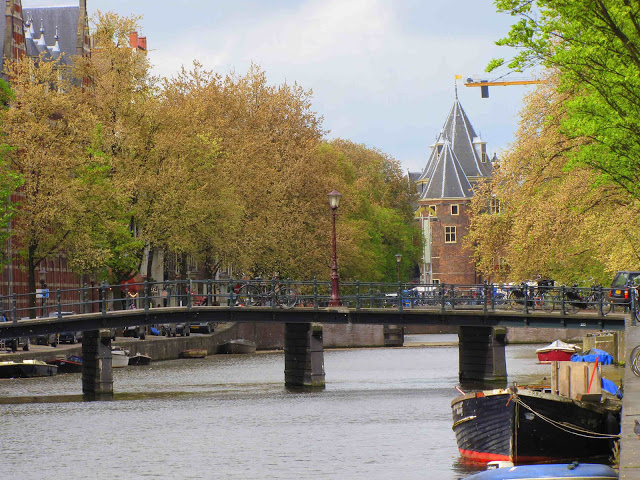
The city’s “Red Light District”, is a designated area for legal prostitution. It comprises of a network of narrow alleys with hundreds of one room apartments hired on per night basis by sex workers from around the world. Majority of the sex workers are students from Eastern Europe. In Amsterdam it is not a taboo to earn your living being a sex worker. The rooms and alleys are typically lit by red light which visibly makes this place true to its name. Photography is strictly prohibited and you can do nothing if the patrolling police grab your camera and throw it in the canal. Police patrol cars constantly scrutinize the alleys to keep law and order in place.
Amsterdam is one city that stands world apart from this world. You name the kind of vacation you want to spend, be it a family vacation or with your friends, it’s available for you. This city will surely leave you high in its ecstasy.
************************
Flavour of Authentic Dutch countryside
If you want the flavour of authentic Dutch lifestyle of the 17th century, Zaanse Schans located on the banks of the river Zaan, is the place for you. It’s a town just 20 kms off Amsterdam and is approachable by Car, Bus, Train or even on a bike. It’s a 10 minute walk from the station Koog Zandijk towards Zaanse Schans followed by a boat ride towards the town.
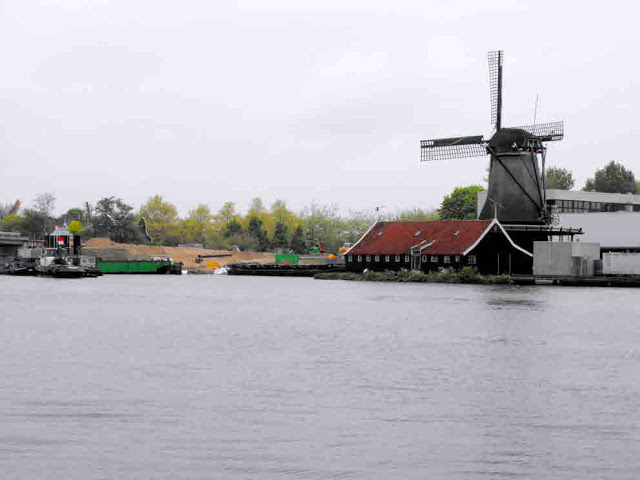
It is a rainy day and tiny droplets of water are making small splashes in the river Zaans. There is no speck of dust in the atmosphere and the whole panorama seems almost painted by an artist over a canvas. After approximately 15 minute boat ride in ice cold weather which froze my fingertips I reach the drop off point for tourists. It’s a walk of another 5 minutes from there before you reach Zaanse Schans. Even though the temperature is freezing I muster enough courage to pull my hands out of pockets and click some snaps.
There is a complete shift in the life as experienced in modern cities like Amsterdam and the life of Zaanse Schans. Although this is an artificially created town but small number of people still live here. As Holland moved towards industrialization its original culture was being lost and Zaanse Schans is a conscious effort to preserve that. 17th century Dutch architecture over houses and shops can be seen. The place is swarming with canals which provides way of transportation directly to the doorstep of houses.
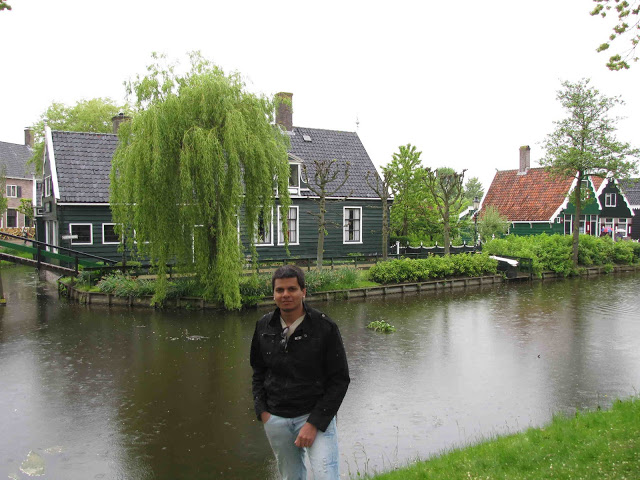
I feed my eyes with the view of 17th century windmills which are still preserved and are working. Windmills which produce oil, flour, saw, paint. It gives the visitors an insight of how windmills contributed to the economy of Holland. The De Zoeker windmill dates back to 1672, and is the oldest seed oil mill in the world. It is capable of producing 100 litres of oil per day and works throughout the year.
I walk into the cheese factory in Zaanse Schans which gives me a view of how Dutch cheese is manufactured. I look in awe from behind a glass case wondering if I could taste it. The Dutch have been manufacturing cheese since 400 AD. Today this country is the largest exporter of cheese in the world. Although it’s a milk product but the hygiene standards are so high that my nose could not detect a single unwelcome odour. The whole cheese factory was spick and span.
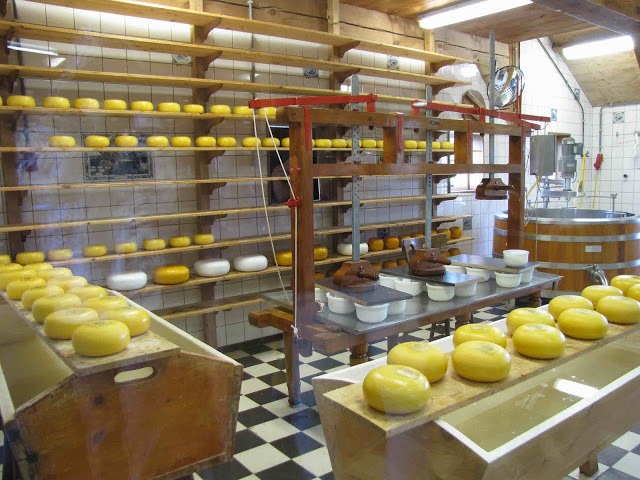
The tourist shop beside this cheese factory is swarming with innumerable varieties of Dutch cheese. Merely looking at all the varieties of cheese there takes me 2 hours. One can walk in and taste different types of cheese which are sliced in chips and kept for tourists. The flavour of each sample is so distinct from the other. I taste the samples slowly, as each one of them tingles my taste buds in a different way. Some taste really pungent while the others have a very subtle flavour. I have never tasted so many varieties of cheese ever before.
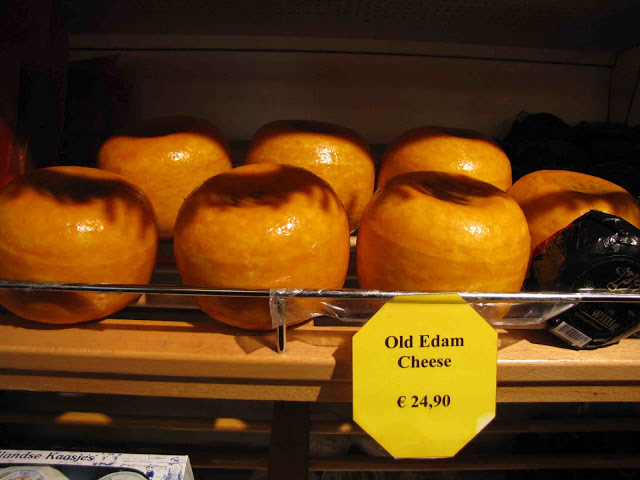
Some of the varieties of cheese include Gouda cheese which has a creamy texture and intensifies in its flavour and hardness as it ages. Edam cheese is another very important variety. It is salty in taste and semi-hard. Other varieties of cheese include Maasdammer, Boerenkaas, Goat cheese, Smoked cheese, Dutch blue cheese, Herb cheese to name a few. Cheap imitations of cheese whose taste is far from that of the originals are also available in shops all over Holland and tourists are advised to be sure of its authenticity before buying.
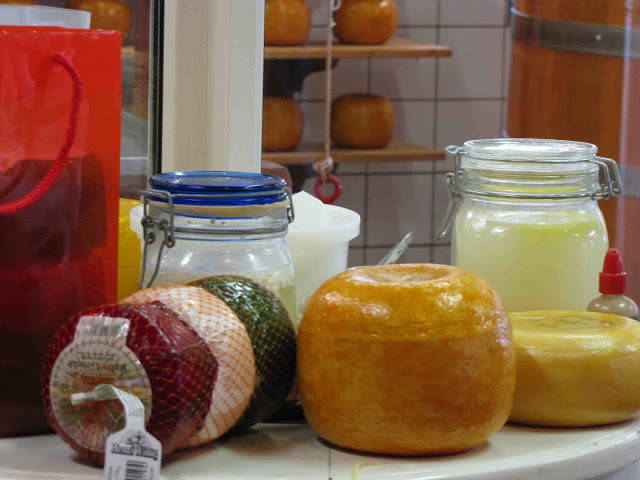
The Zaanse Schans museum also houses a clog factory. I see a man expertly making these shoes out of Poplar wood. Once he is done with making a set of clogs he turns around to the mass of gathered tourists to explain the significance of Clogs and their history in Holland. Traditionally clogs where worn by people doing heavy labour. Clogs although wooden and seemingly primitive provide excellent ventilation for feet and act as absorbent for sweat. Feet are aptly ventilated. In some parts of Holland clogs are still commonly worn by its inhabitants out of their love for the tradition.
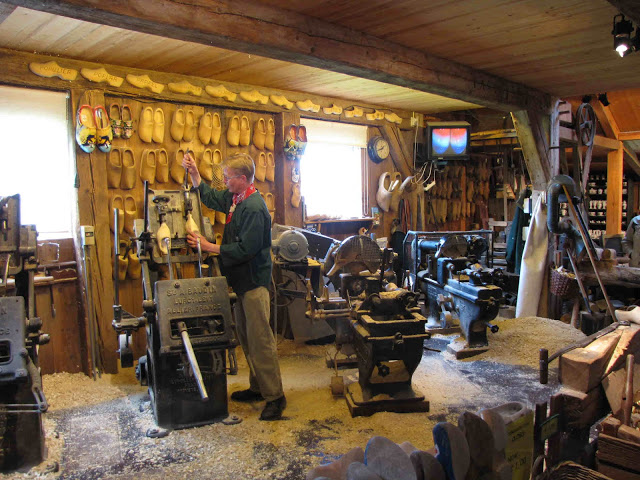
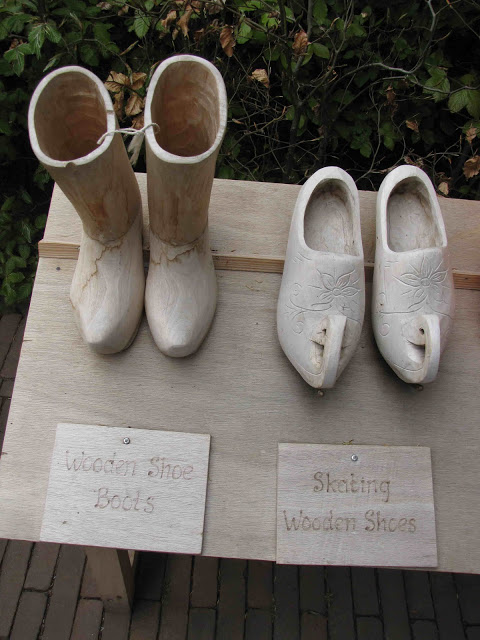
The charms of Zaans Schans do not end here. The ‘Museumshop Albert Heijn Grocery’ is a beautiful and detailed reconstruction of the original grocery store from where Albert Heijn, the owner of Ahold supermarkets began his business. The entry to this museum is free of cost. I enter in this museum to witness time travel because I am thrown back into the late 19th century grocery store reconstructed to perfection.
************************
The Blooming Buds of Kuekenhoff
It’s a great sunny morning of my Day 3 in Holland and I am making my way to the Keukenhoff – Tulip Gardens. My bus drops me to the main gate of Keukenhoff and I see tourist vehicles from practically every European country parked outside. Upon seeing such vast span of tourists my curiosity is now amplified multiple times and I speed up my walk to the ticket window.
You can buy tickets over the counter or you can book them online to save time. As I am nearing the main entrance I know I am going to have a full day of bliss in the ocean of colors. Upon seeing the tulips in the garden I know that this is one place where I can’t associate a particular color to the flowers. I see tulips of practically every possible color around me.
Keukenhoff is located in southern Holland in the town of Lisse. The gardens are approachable by bus from Schiphol, Amsterdam, Haarlem or Leiden. It is open for the tourists from last week of March to May every year.
The gardens are world’s largest exporters of Tulips. They were established with the intention to provide a common place for people from Holland and other parts of Europe to showcase their hybrids. Keukenhoff, although originally established in 1949, looked as virgin and untouched to me as it must have looked when it was established.
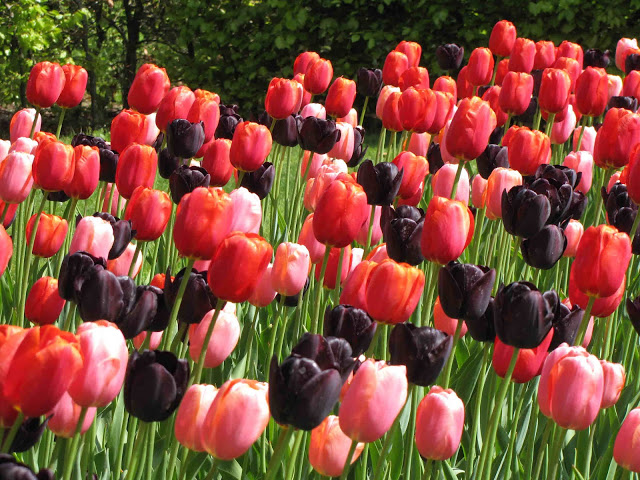
I am walking around breathing in the serenity when I come across a bunch of “happy to the core” tourists sitting on a bench, clad in traditional Dutch attire with women in frilled dresses and swanky hats and the only man in suspenders. It takes me right back to the early 1900s where such costumes would have been a common place.
Tourist to Kukenhoff can hire these traditional Dutch costumes for men as well as women while they are going around and drench themselves in the aura of classical Holland.
A full day strolling around the Kukenhoff Tulip Gardens takes me to a completely different world. I can see people from all walks of life including lovers holding hands to families out with their children to students out on school trips. The tulip garden also has some beautiful canals within its premises. How can I imagine a tourist spot in Netherlands without a canal, after all canals are what Dutch countryside is known for?
The garden has a small zoo within its premise which has some rabbits, an ostrich which is the centre of attraction for tourists – a turkey, hens, goats, an owl and a shed for seasonal birds. Children can find some interesting things like a wooden flintstones car to play with. The animals are clean and well fed. Surprisingly, they are very friendly and one can walk around in their premises with them. Feeding them is strictly not allowed.
************************
The Miniature ‘Madurodam’
The last venue on my menu is ‘Maduraodam’, the miniature village on the outskirts of Den Hague. It is a miniature model of various locations across Netherlands constructed on a scale of 1:25. It is open from 9 AM to 8 PM every day. The precision and expertise with which the models are built show the extreme passion of the people behind the idea to construct this fairy land. You can reach Madurodam by taking a train from Amsterdam to Den Hague Station which takes approximately 1 hour followed by the tram 9 towards Scheveningen which will take another 15 minutes. The tram ride is throughout next to the roads used by daily traffic.
Three hours at Madurodam takes me through a miniature village where I am the Gulliver. Night has fallen and my day ends with a surprise which I haven’t planned for, a laser show. It depicts the whole story of the era where Netherlands was constantly ripped apart by annual floods and how the government came up with the plan to tame them using canals.
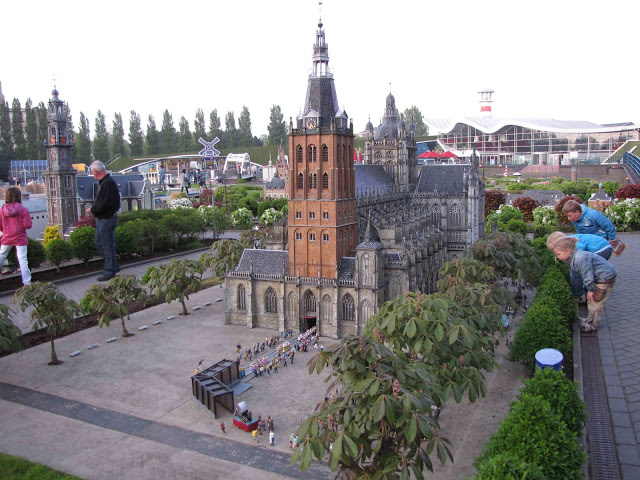
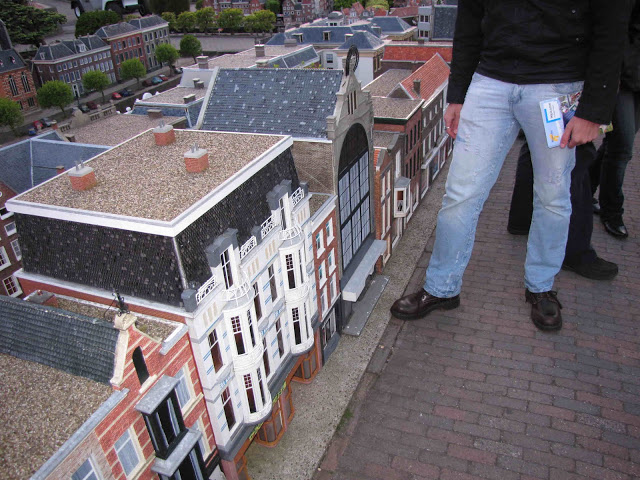
It is day 4, the last day of my trip and I am back in Amsterdam checking out of my hostel. My trip is coming to an end and a nostalgia unique to that place grips as if belongingness is created with this city in a matter of days. Reluctantly, I wave goodbye to the bells of trams, the gongs of the nearby church, museums and the streets filled with pretty children on bicycles. I am content that all my questions that I had about this city are answered and this city offered more than I had anticipated.
As i traveled around Netherlands, I may not have found the swanky aura of London or the romance of Paris. The capital Amsterdam itself may be a bit easy going but that is what is so unique about it. The Dutch culture has its own flavour of canals, clogs, cheese, tulips which are distinct to this country and so enticing for its lovers.
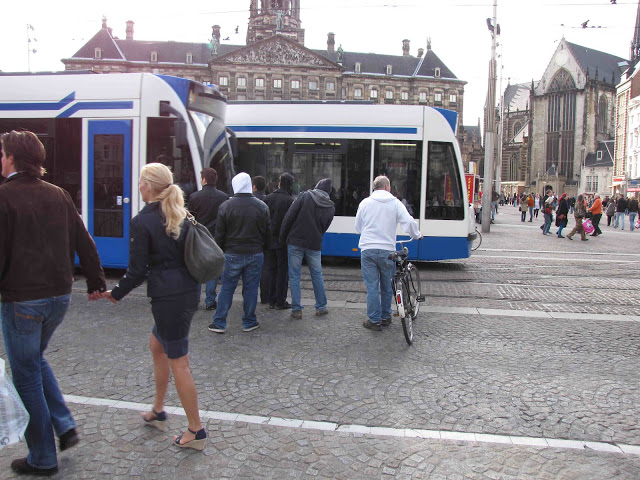









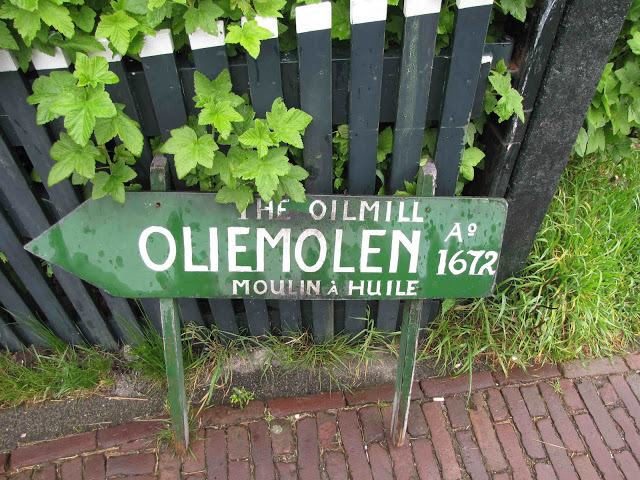
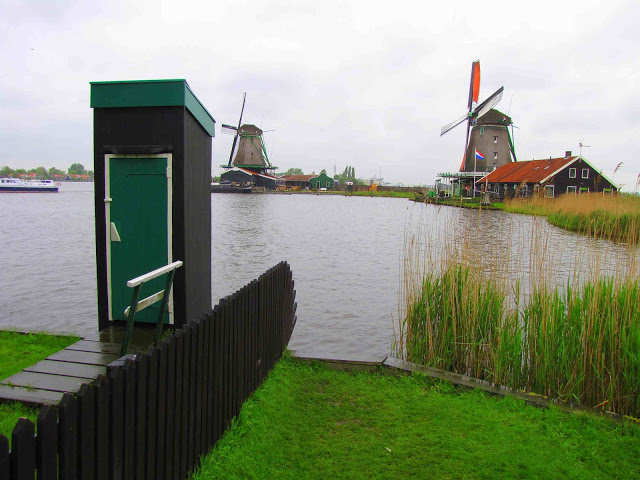






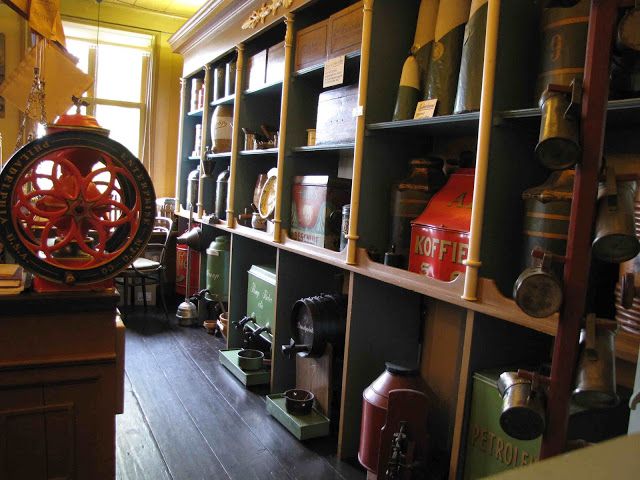
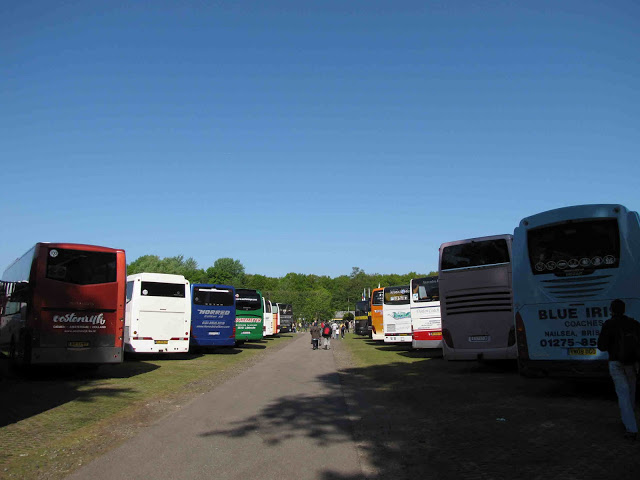
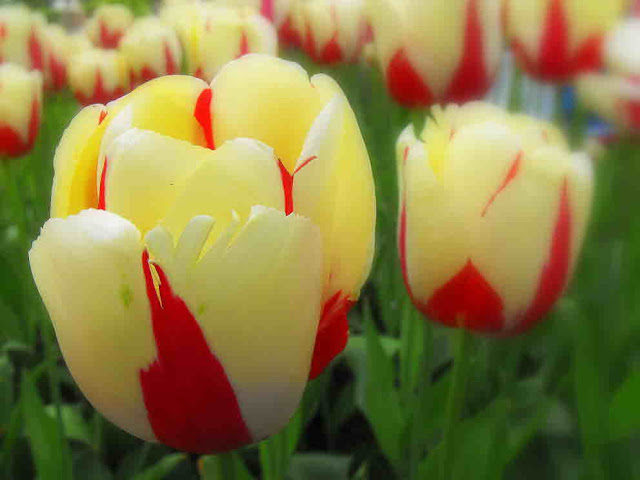

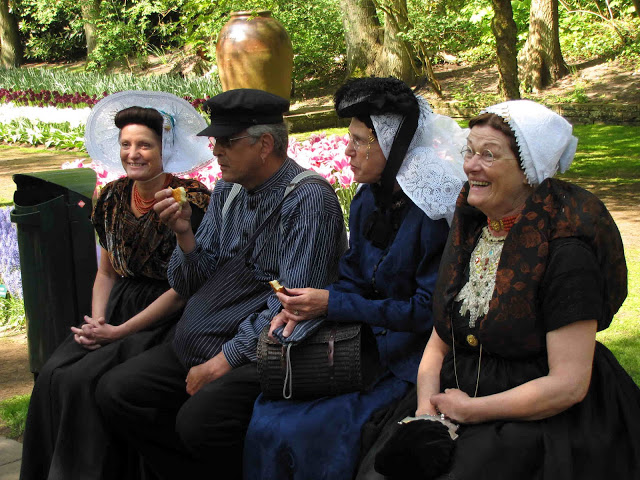

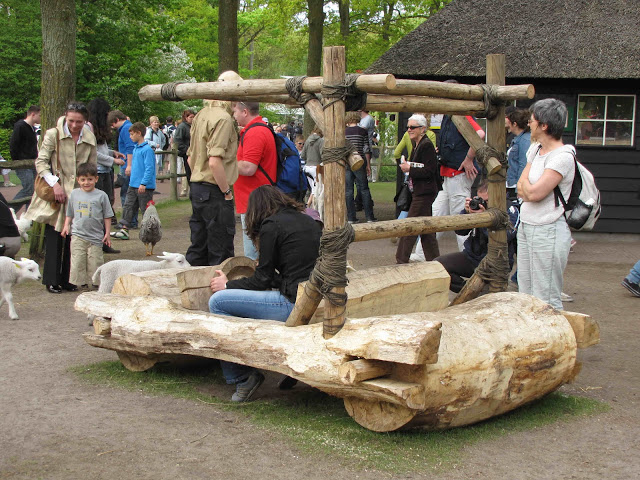
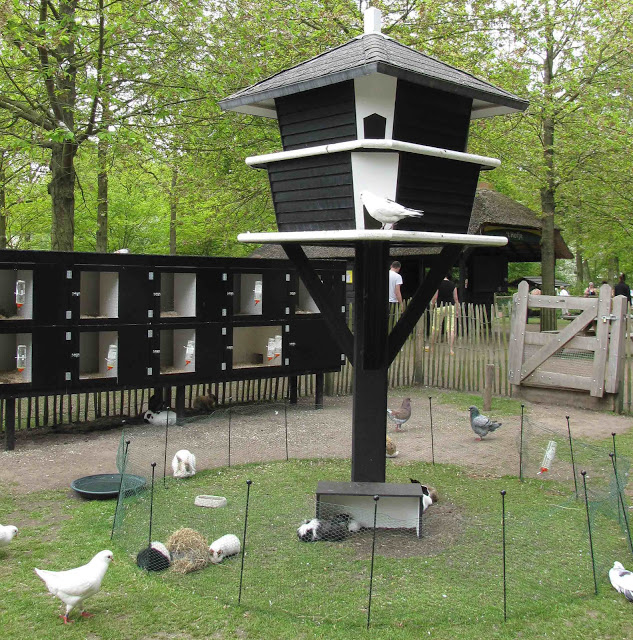


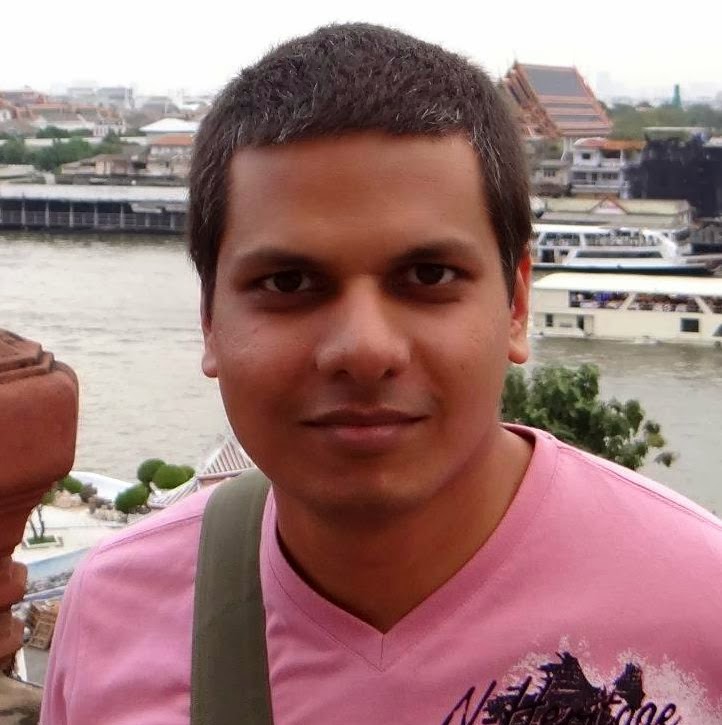







Hey, your comments & critiques are welcome 🙂
G
This is not a comment or a critque it is a compliment. AMAZING!!! Wow, such a beautiful blog full of the most beautiful pictures and your inspirational storys. Thank you so much for sharing. Greetings and best wishes from Australia.
Hi, Thanks a lot for your compliments. This is my first travel write up that i had written back in March and getting such a compliment on it means a lot to me… Greetings from India 🙂
realy nice
Thanks …
What a fantastic looking place! That picture of the tulips is particularly pretty.
http://www.eip.com/
Hi, this is really well written! It took me right back to Amsterdam when it was all new to me. So glad I found your blog, it's a great read.